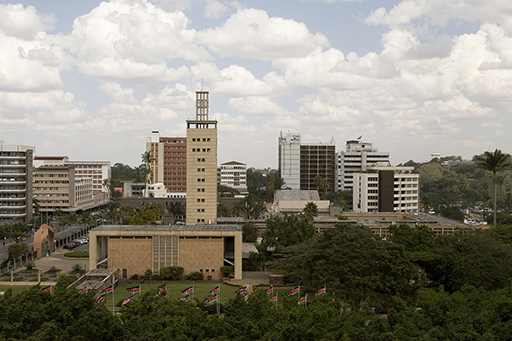Policy
Once a law is enacted, it is usually necessary to introduce a policy that describes in more detail exactly how the provisions of the law must be applied. For example, while a law can establish the right of every child to health care, a policy will be needed to provide guidance on issues such as:
- the overall goals for the health of citizens
- the priority areas
- the budgetary allocation
- the organisation and structure of the health system
- how health care will be delivered
- the level of service to which individuals are entitled
- who is responsible for what aspects of health care.
Figure 2.1 shows how each of these layers is needed to provide a secure basis for children’s rights. The final step is that practitioners in health care (as well as those in education, the courts, the police force and all other services) ensure both the law and the policy are implemented for the benefit of children.

Further information
Acts that incorporate children’s rights into domestic law:
- The Children Act, 2001 (Kenya)
- Law of the Child Act, 2009 (Tanzania)
- The Children Act, Chapter 59, 1997 (Uganda)
- Constitution of the Federal Democratic Republic of Ethiopia (FDRE) and the Revised Family Code, Proclamation No. 213/2000 (Ethiopia)


Although these national laws on children cover many different areas of rights, we will focus in this study session on four of the key provisions that are of particular relevance to health workers – a child’s right to be:
- cared for and looked after
- protected from violence and abuse
- given information
- heard and involved in health care decisions.
Constitution
